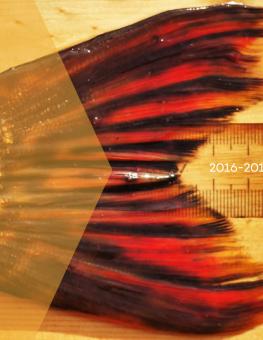
IISD Experimental Lakes Area 2016-2017 Annual Report
In this year's annual report, we explore how IISD Experimental Lakes Area is innovating in the arena of freshwater science, to improve its own research, but also limnology across the world.
In a world where water and its health are under constant threat, it is up to the world’s freshwater laboratory to continually push the envelope when it comes to how we tackle those threats.
In this year's annual report, we explore how IISD Experimental Lakes Area is innovating in the arena of freshwater science, not just to improve its own research, but also to advance limnology across the world.
Participating experts
Additional downloads
You might also be interested in
INC-4 Is an Opportunity to Address Fresh Water Pollution – This is how
INC-4 is the fourth meeting in a series of international negotiations that aims to develop a global treaty on plastic pollution that could and should have big implications for freshwater quality both in Canada and beyond.
Northwest Ontario Side Story: IISD Experimental Lakes Area Annual Report 2022-2023
This year's annual report is a celebration of all things creative at the world's freshwater laboratory, from the science to music, photography and theatre.
Freshwater connectivity can transport environmental DNA through the landscape
A new study conducted at IISD-ELA found that the movement of water between freshwater bodies can transport eDNA which complicates the question of how accurately it can be used to monitor species.
Microplastics now pervasive in Great Lakes, with 90% of water samples surpassing safe levels for aquatic wildlife: new studies
Data spanning the last ten years reveal that the Great Lakes basin is widely contaminated with microplastics, with potentially dangerous consequences for the wildlife that live within.